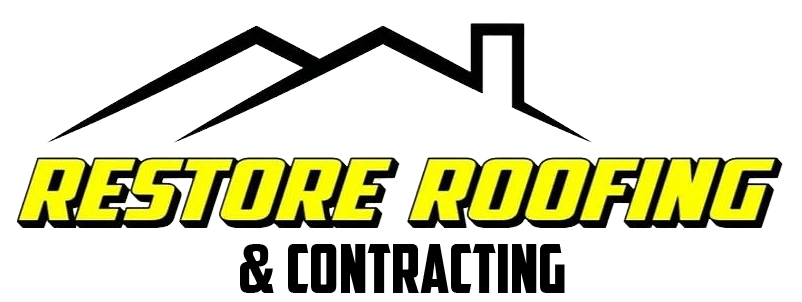James Hardie Board (Board & Batten and Plank Siding):
What is it?
Roof reconstruction often complements exterior updates like siding improvements. James Hardie Board, also known as fiber cement siding, has a rich history dating back many years. It evolved in the United States as a more efficient alternative to Vinyl siding. Traditionally, it starts with wide vertical planks (boards) joined together by thin vertical strips (battens) to cover the seams or using horizontal planks. Today, wide panels serve as the primary siding, while decorative battens add creative flair.
Benefits
Aesthetic Appeal: Board and batten siding adds traditional warmth and rustic character to any home. Its unique vertical lines create an eye-catching texture that complements farmhouses and modern architectural styles.
Durability: Crafted from high-quality materials like fiber cement, James Hardie board and batten siding is exceptionally durable. It can withstand harsh weather conditions, including heavy rain, snow, and UV rays.
Design Versatility: Modern board and batten siding allow for creative expression. Homeowners and designers can play with wider panels and decorative battens, experimenting with spacing, colors, and siding profiles to achieve a personalized look.
Low Maintenance: Unlike wood siding, which may require frequent upkeep, James Hardie board and batten made with fiber cement needs minimal maintenance.
Azek Siding
Composition: Azek siding is made of polyvinyl chloride (PVC). It offers a smooth, uniform finish that closely mimics painted wood.
Customization: Azek siding can be painted in any color, allowing for maximum customization to match your home’s design.
Ater Resistance: Azek is water-resistant, making it a good choice for areas prone to moisture.


